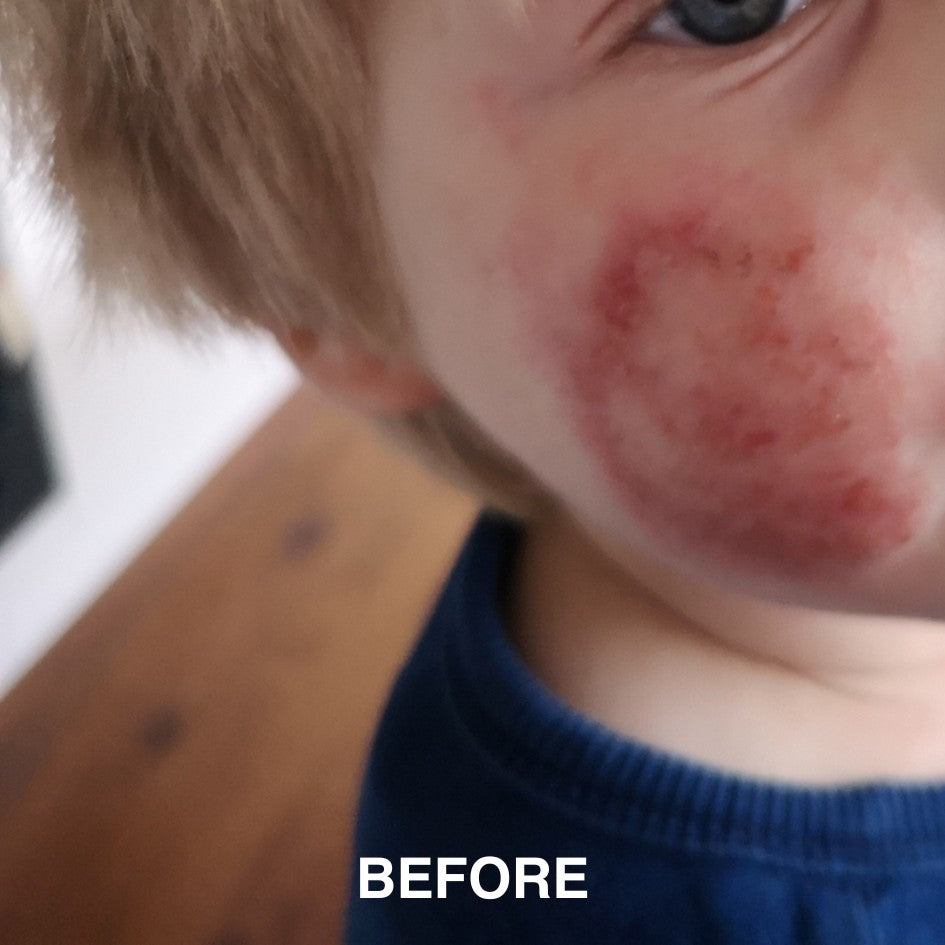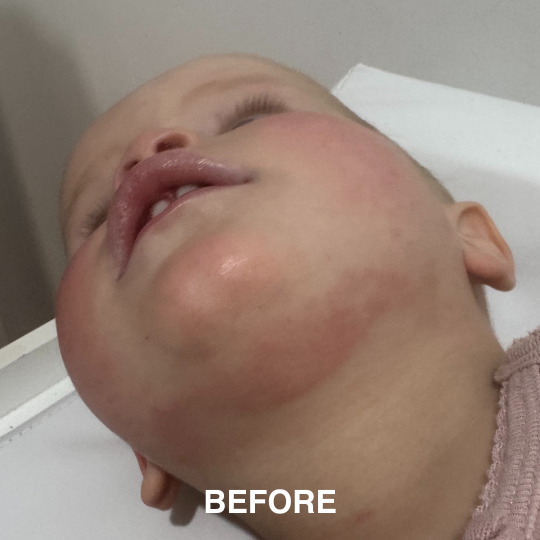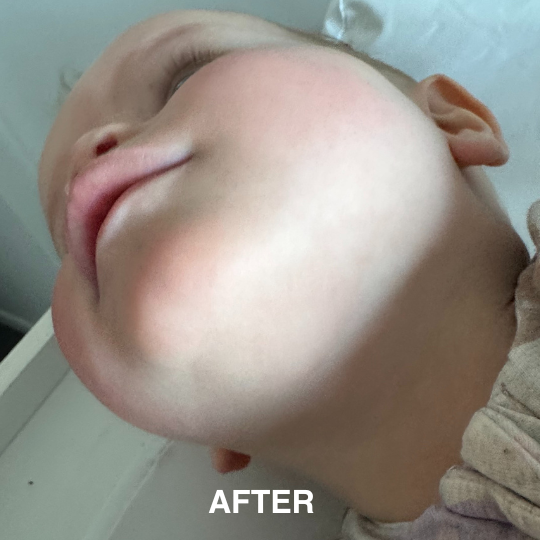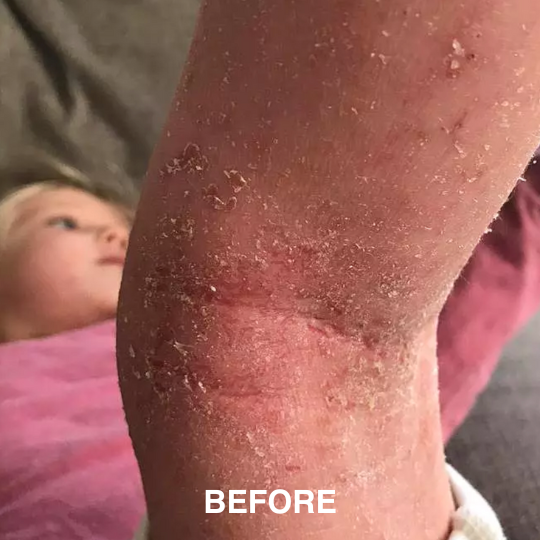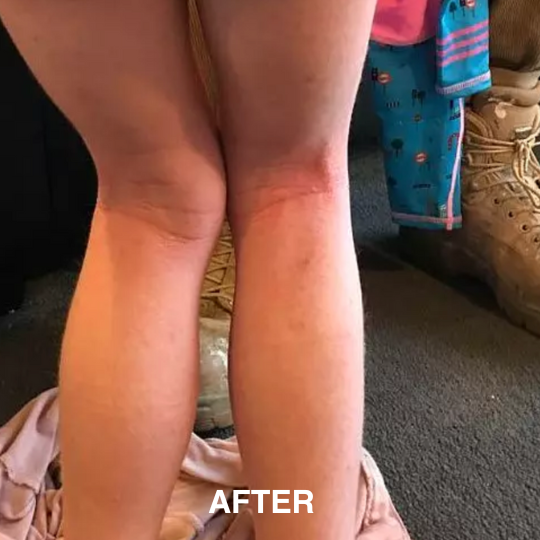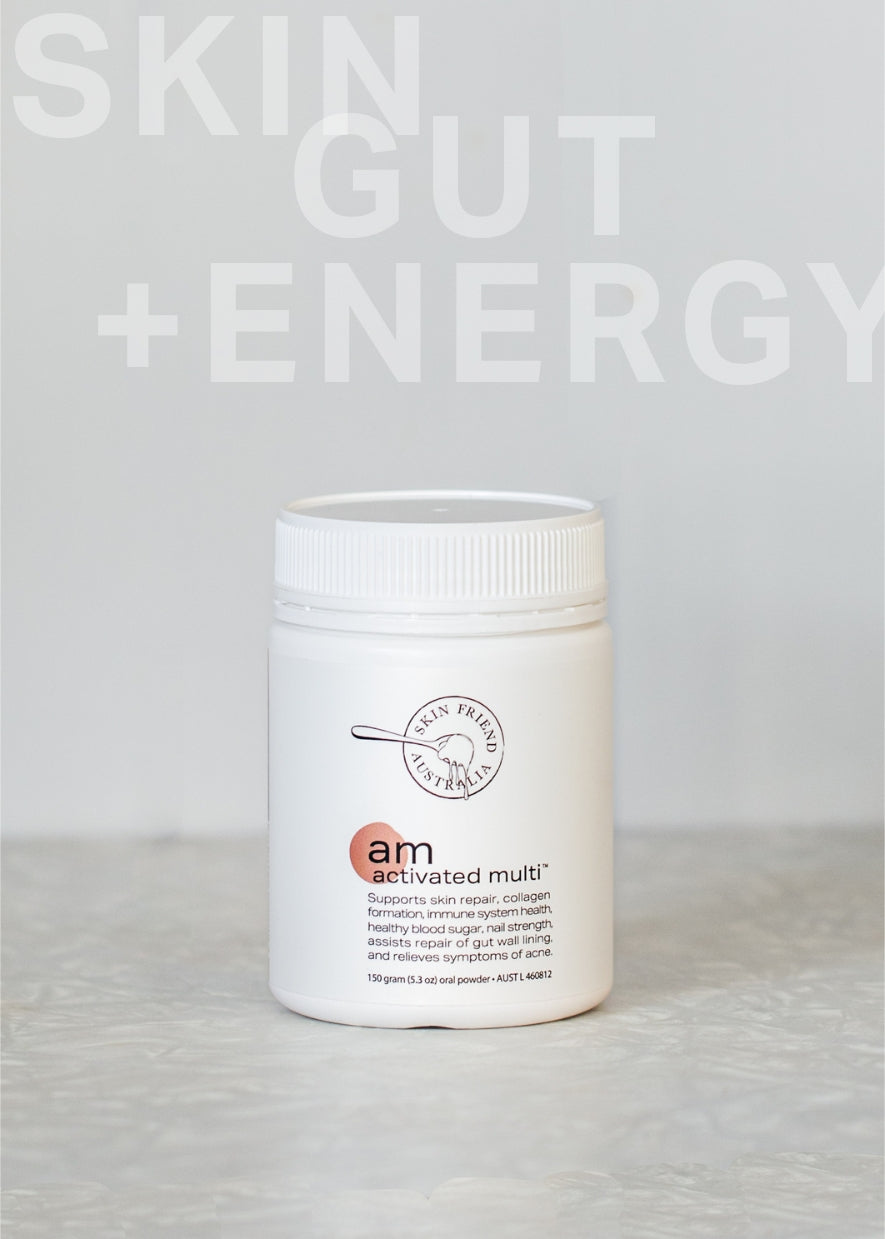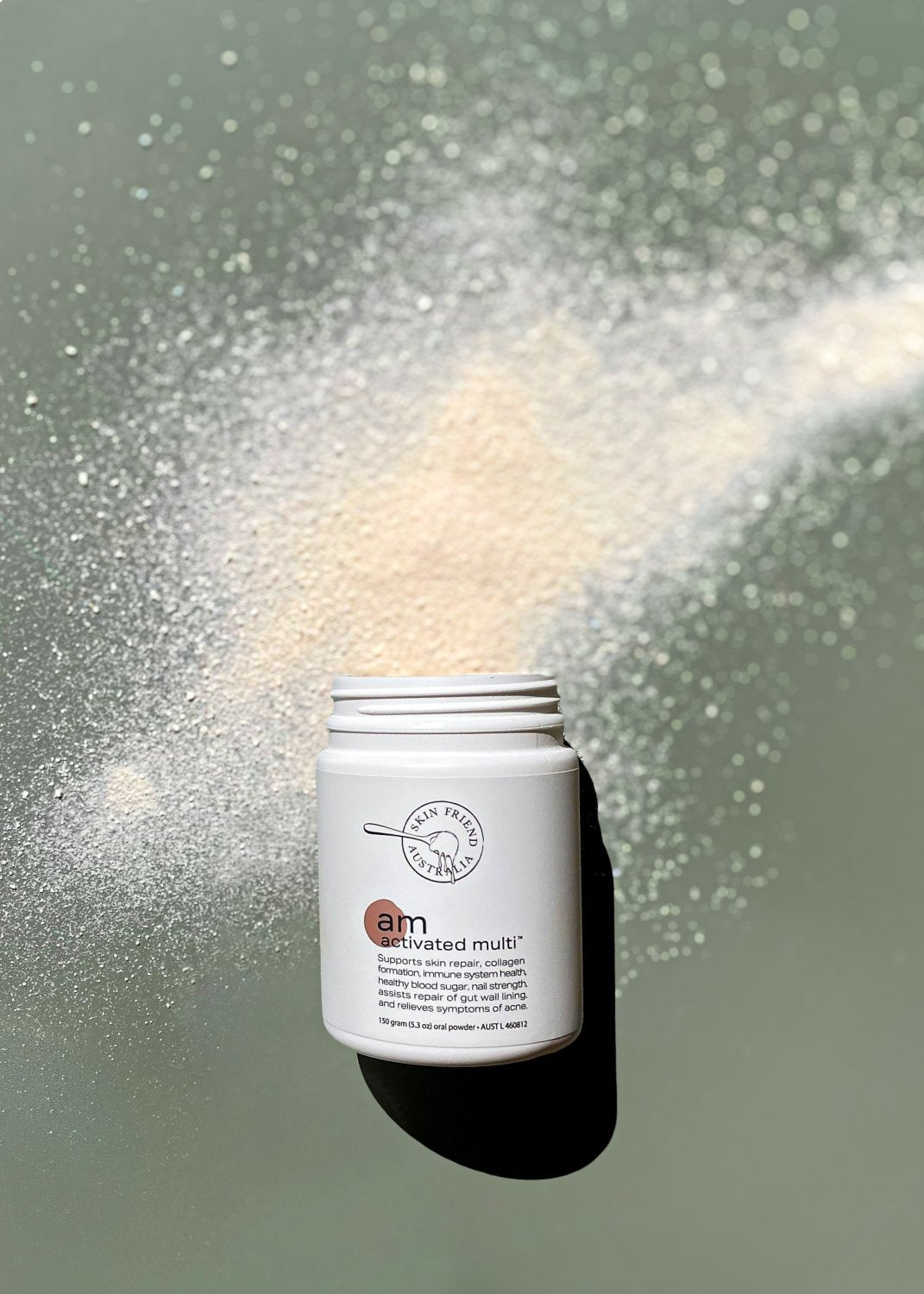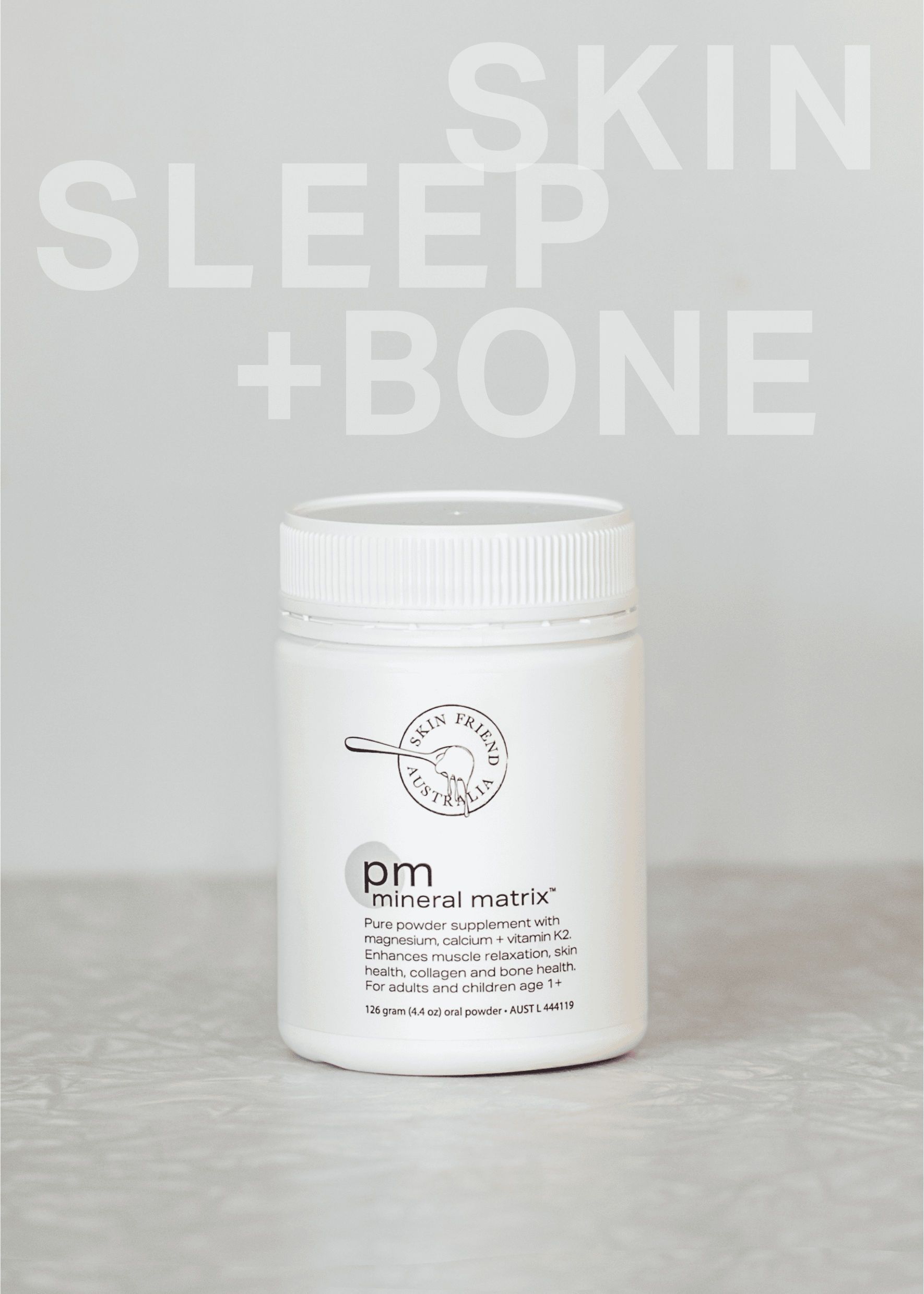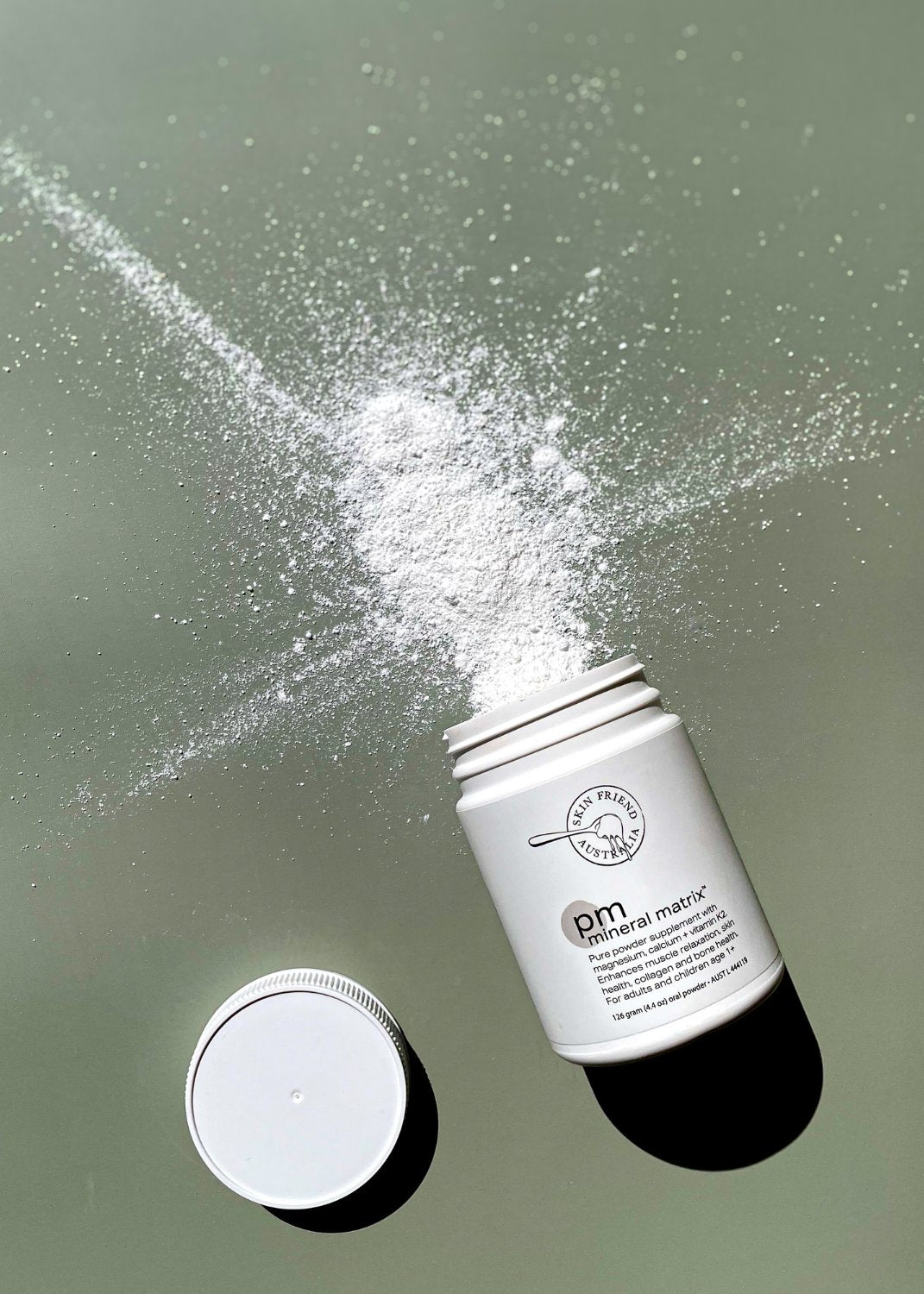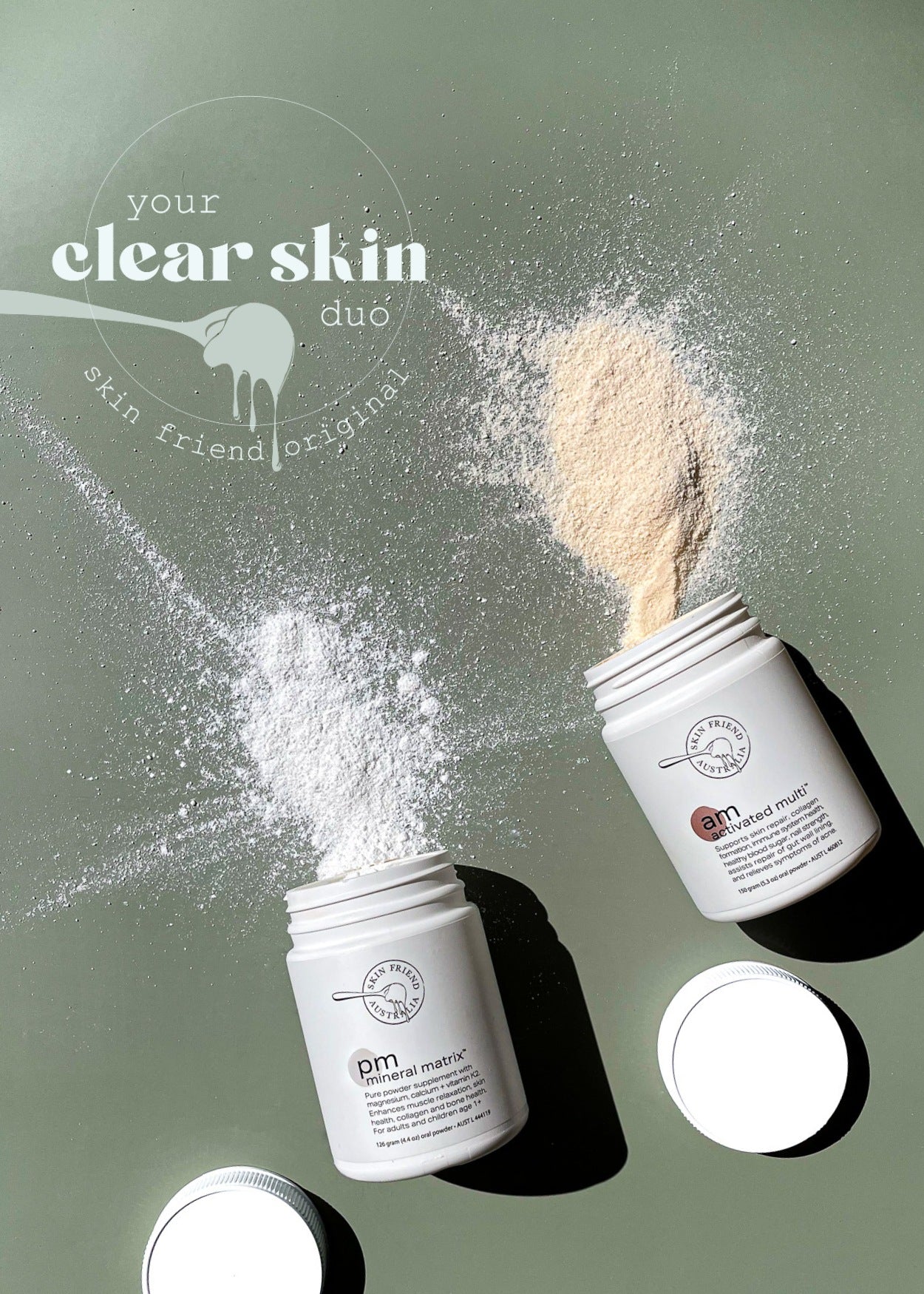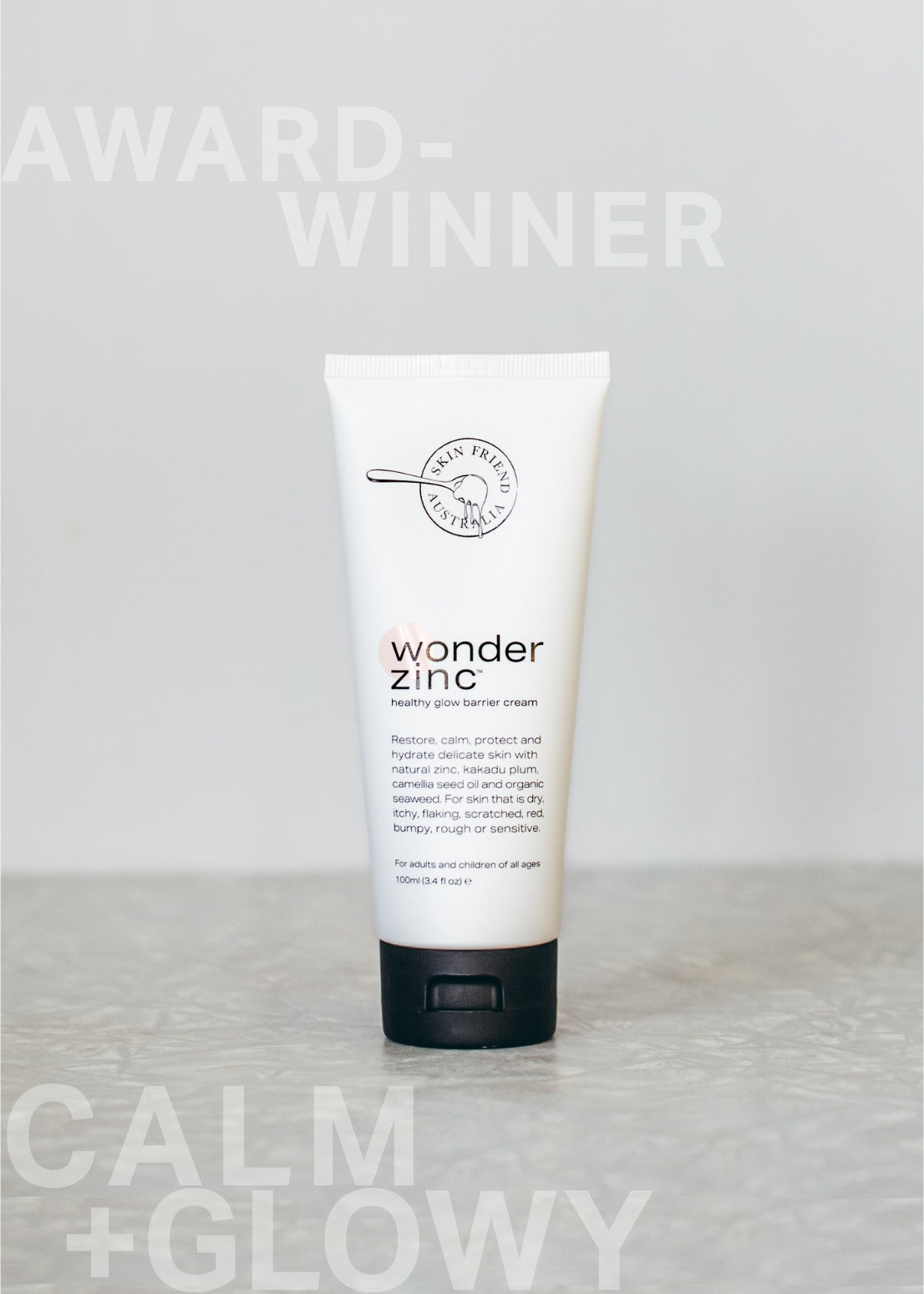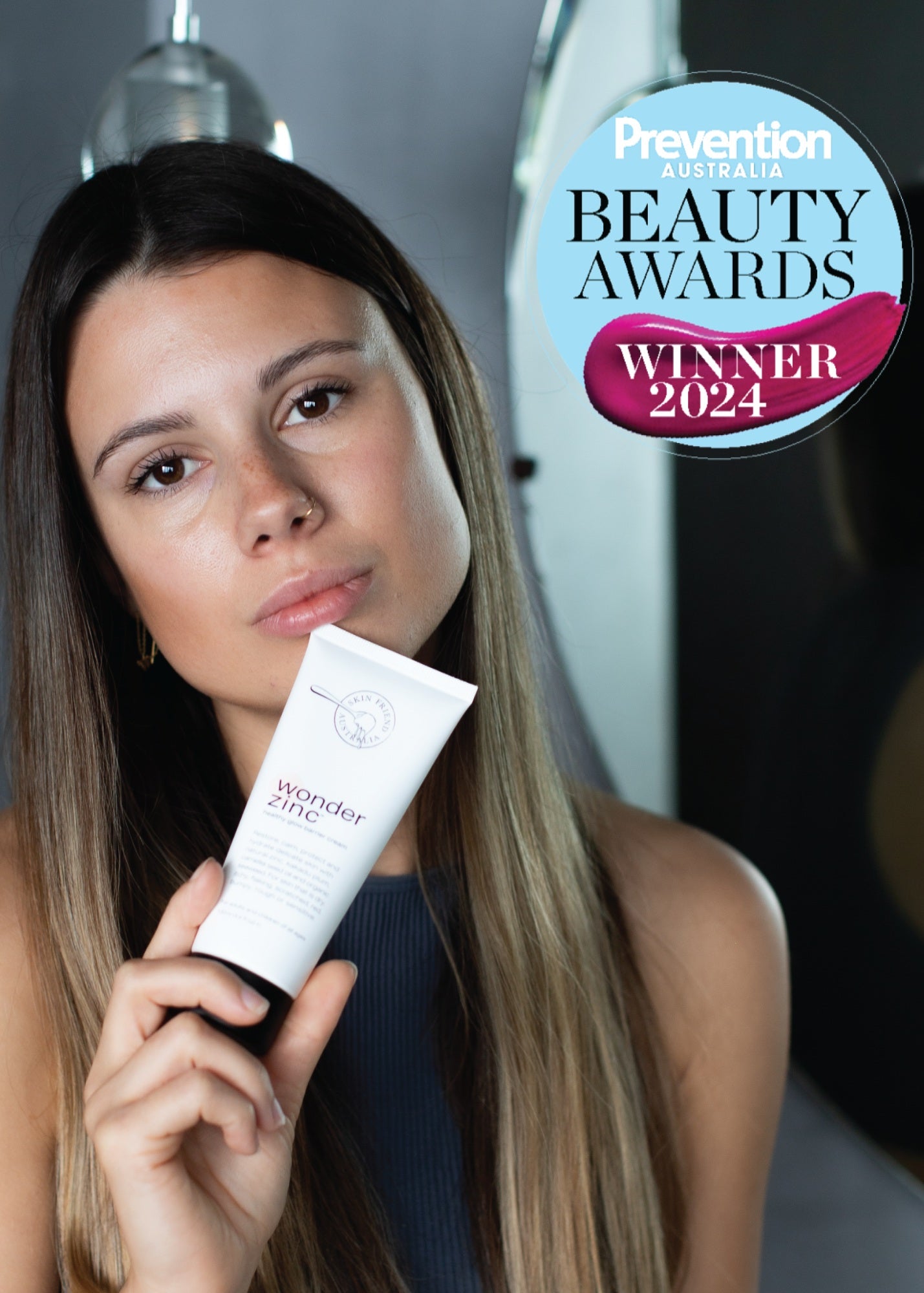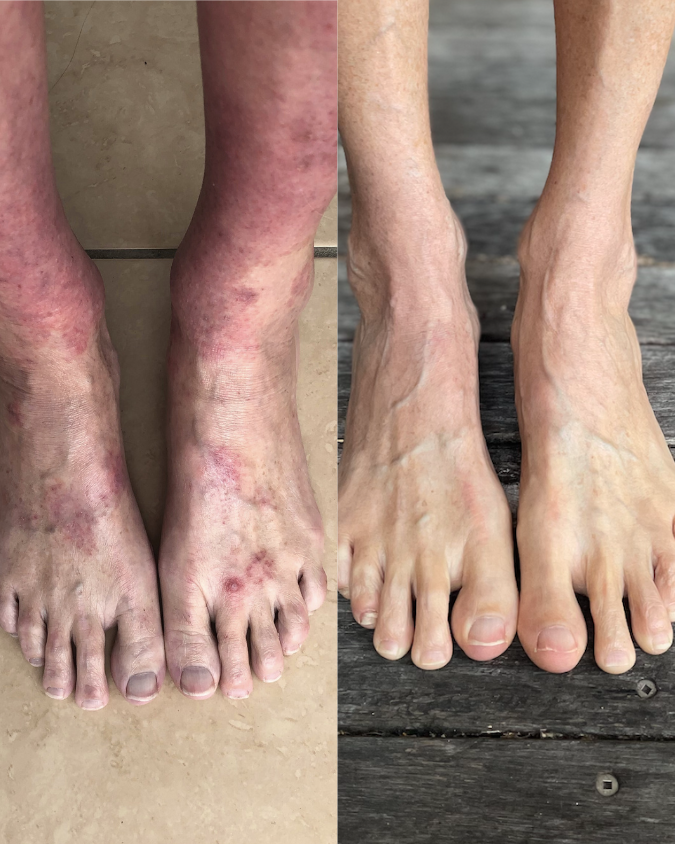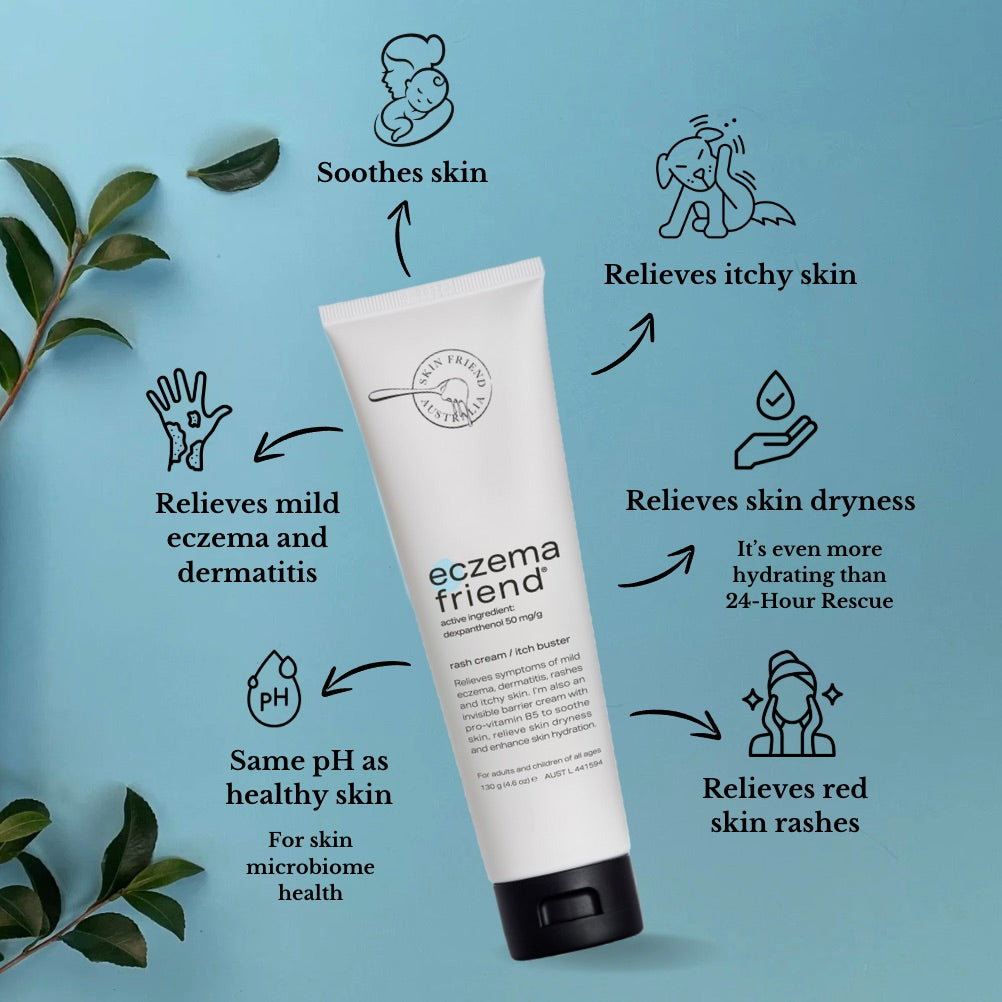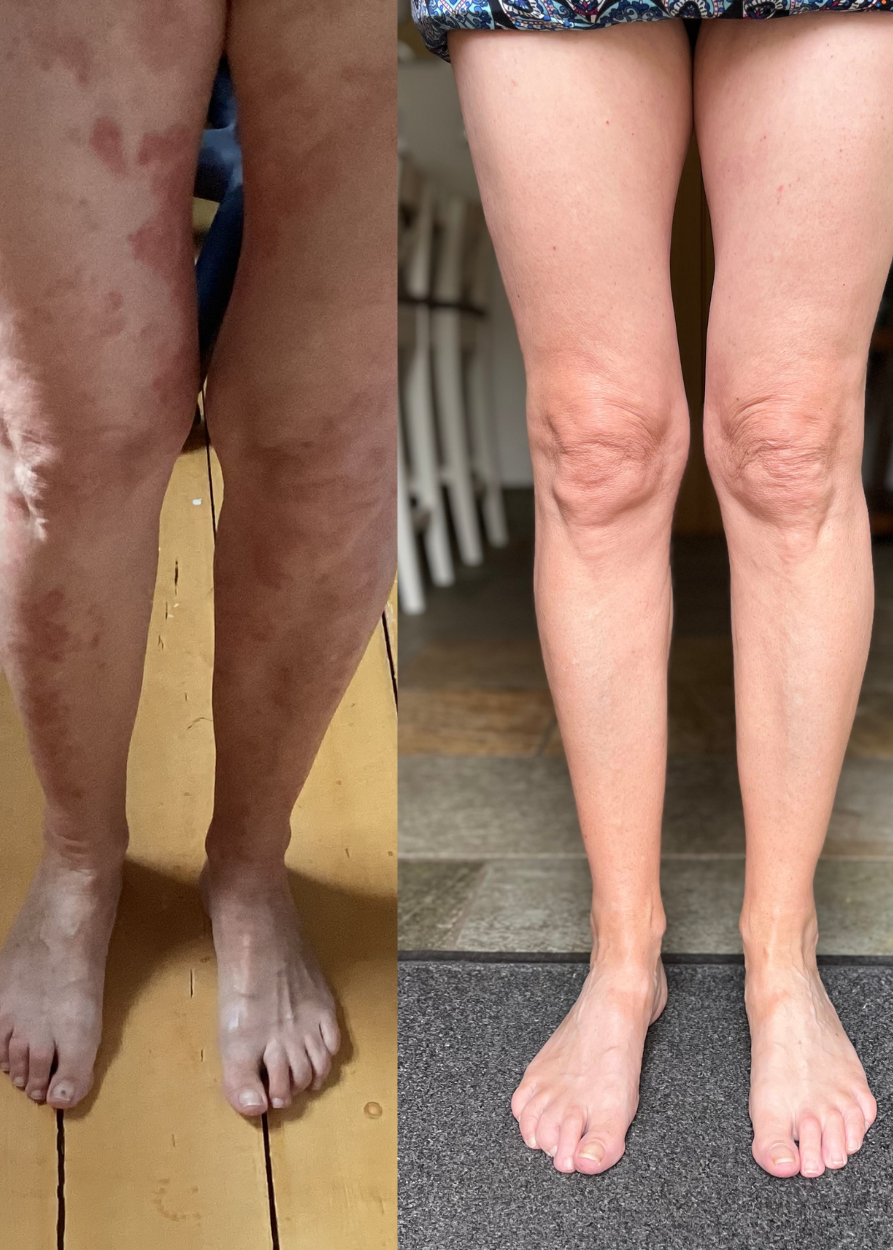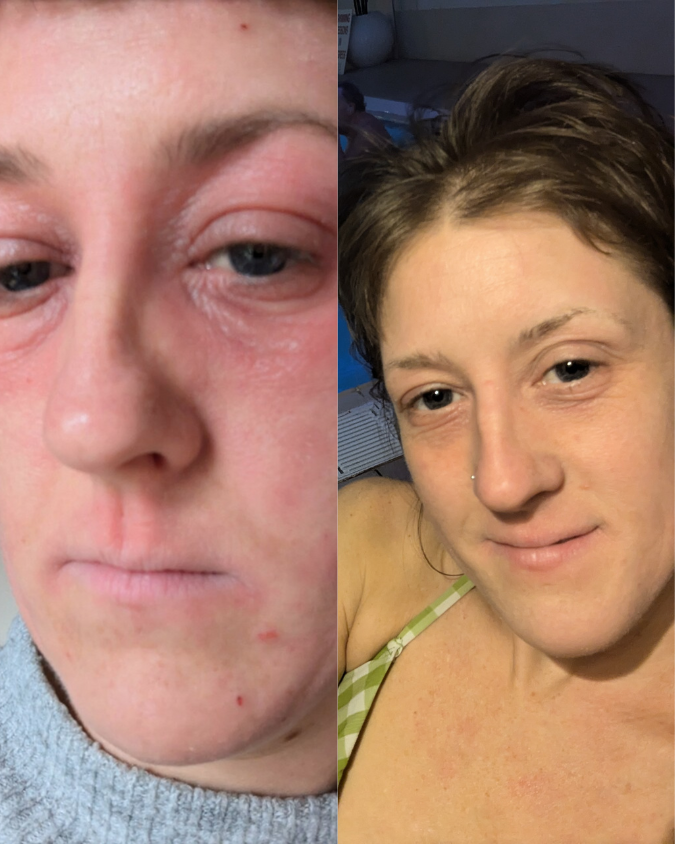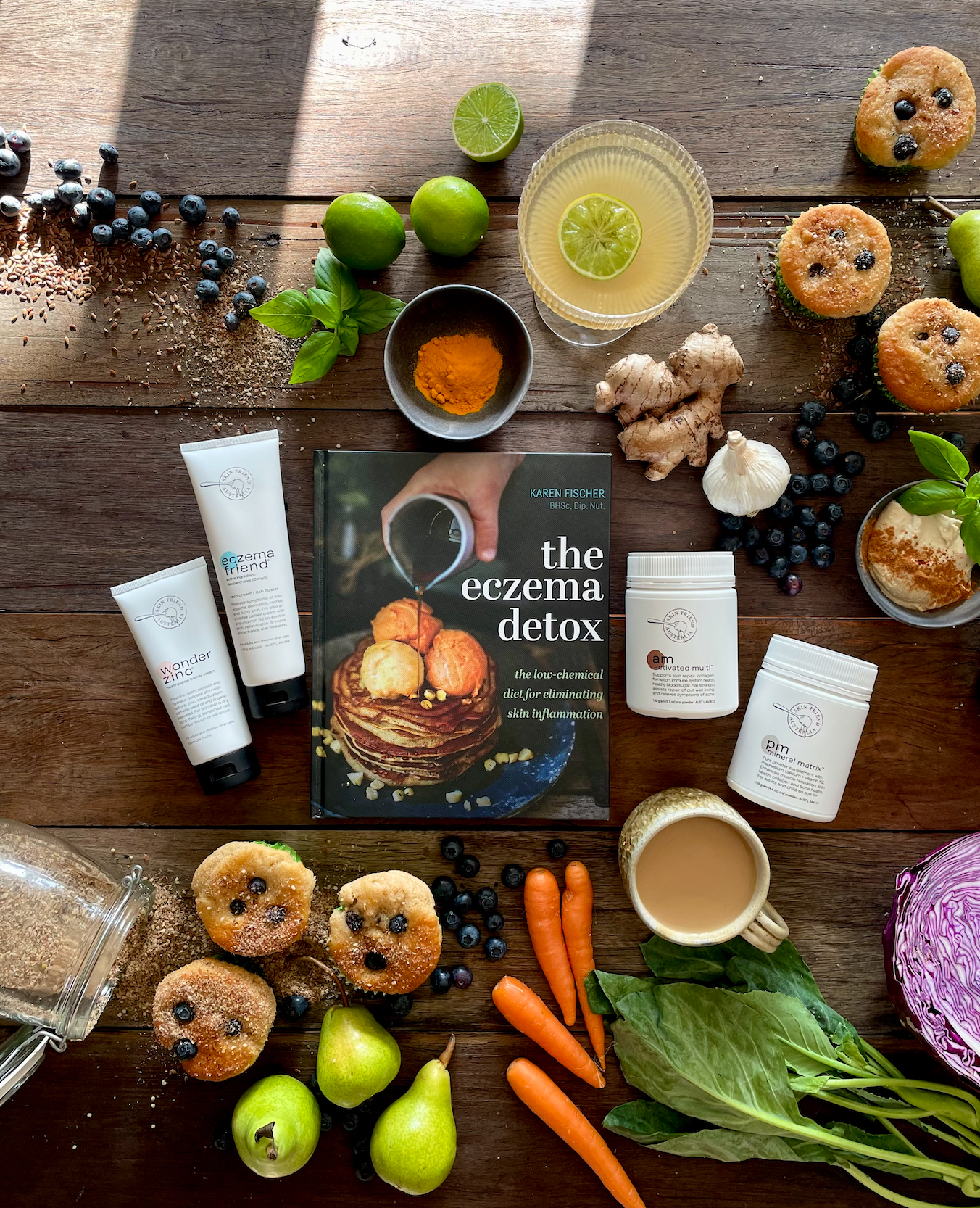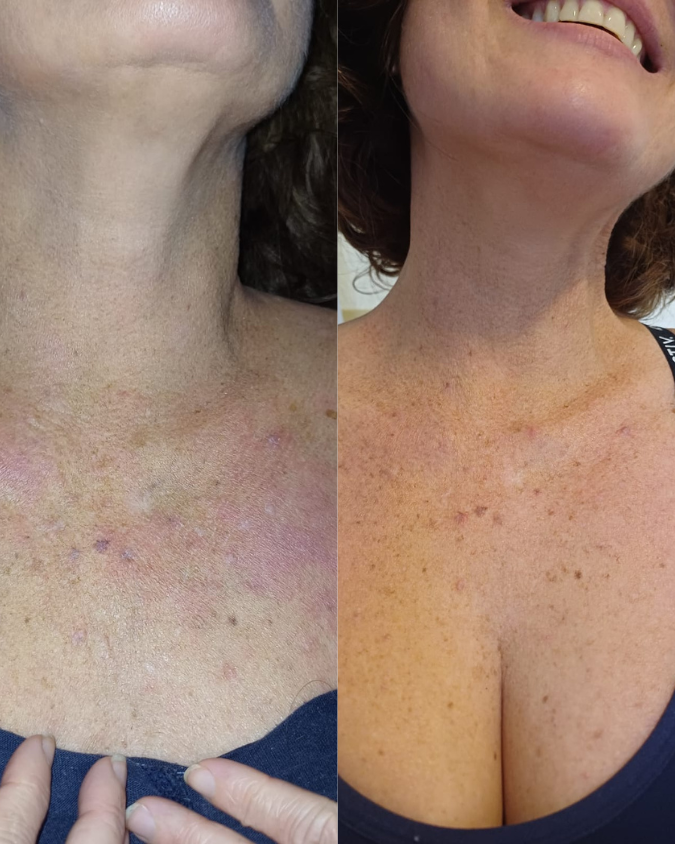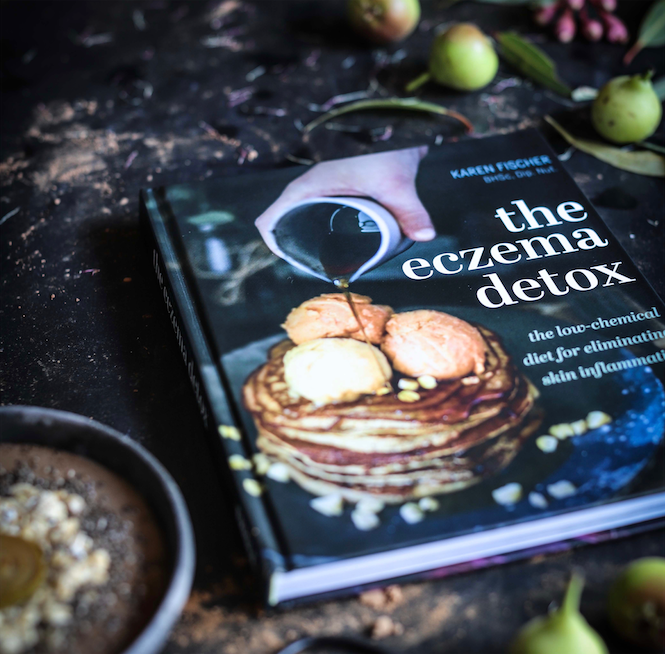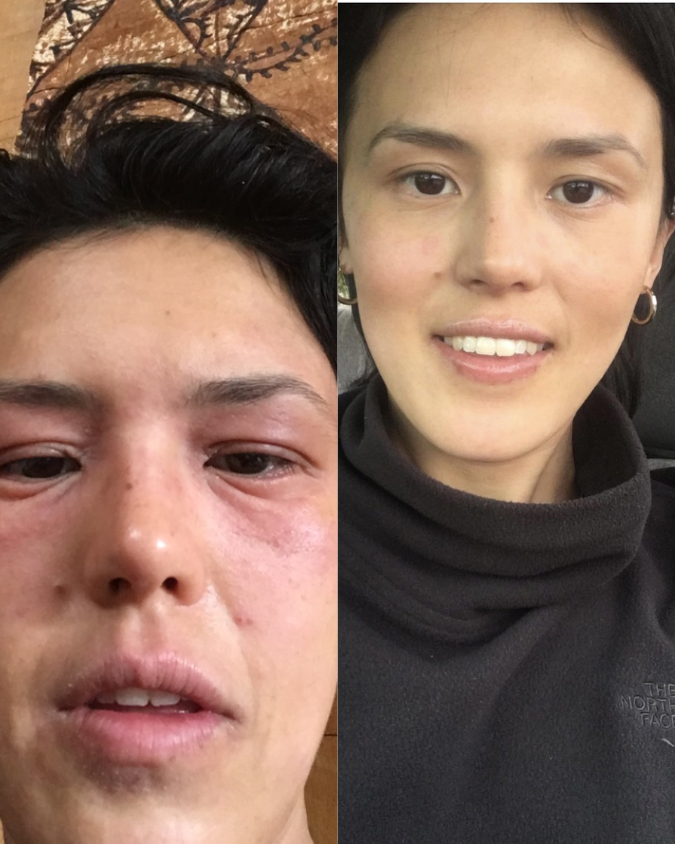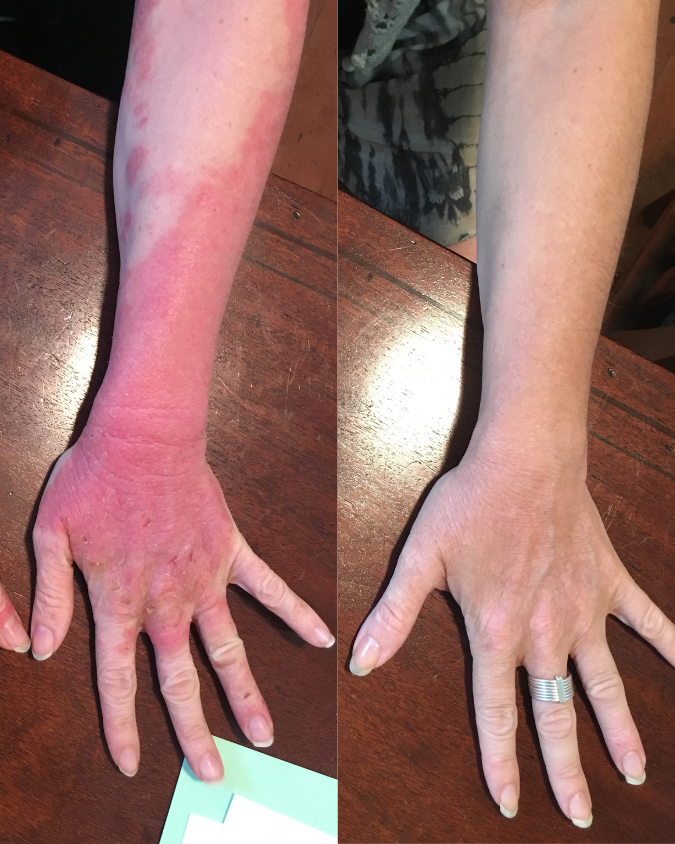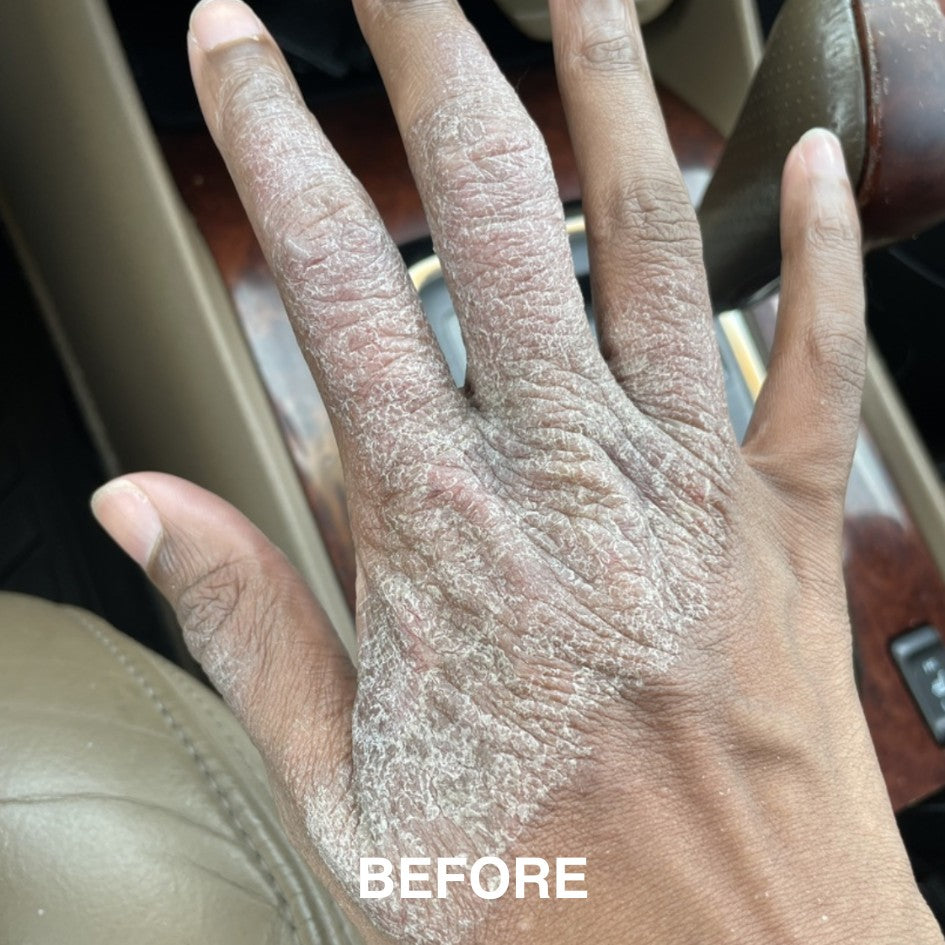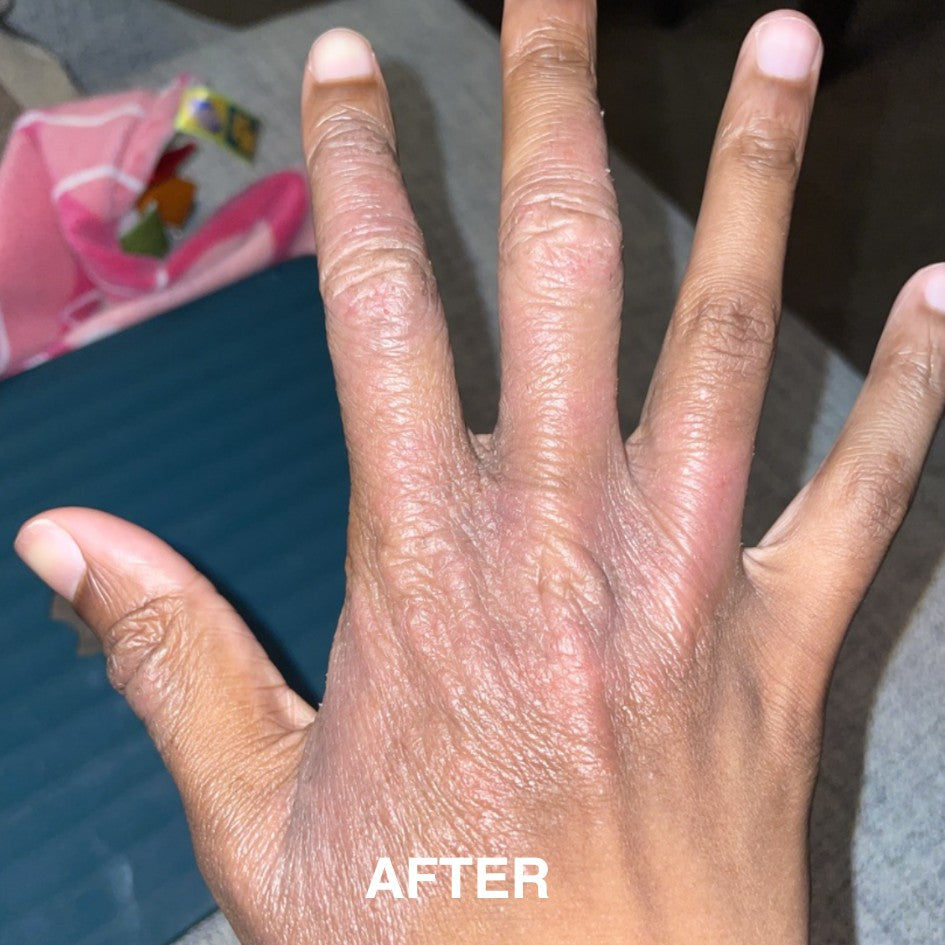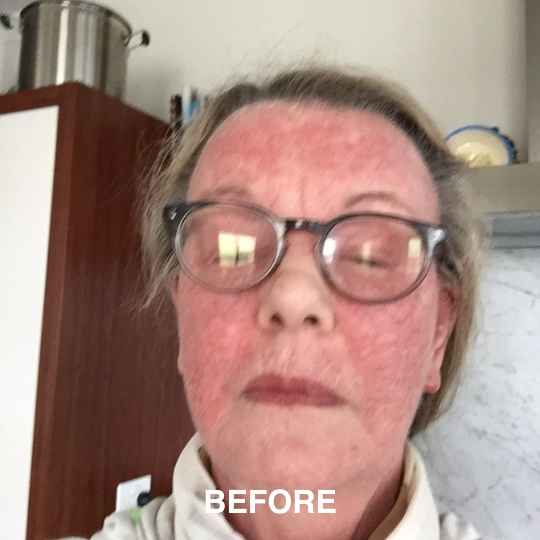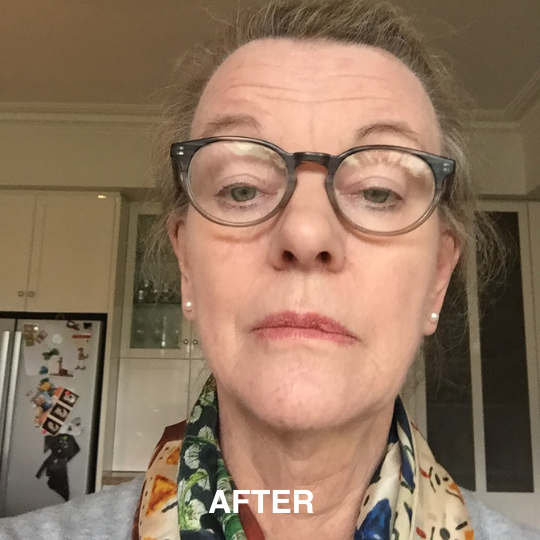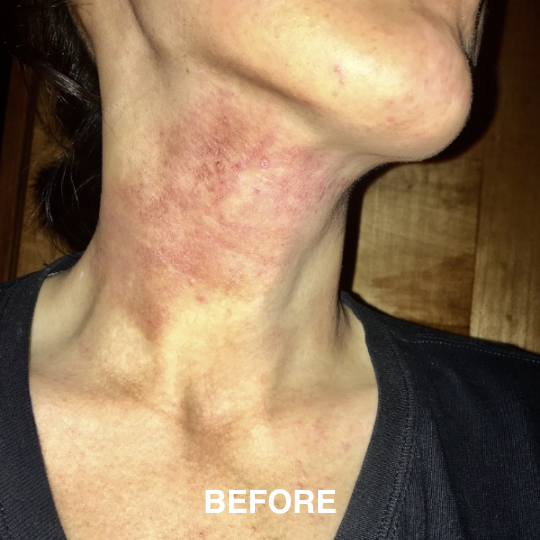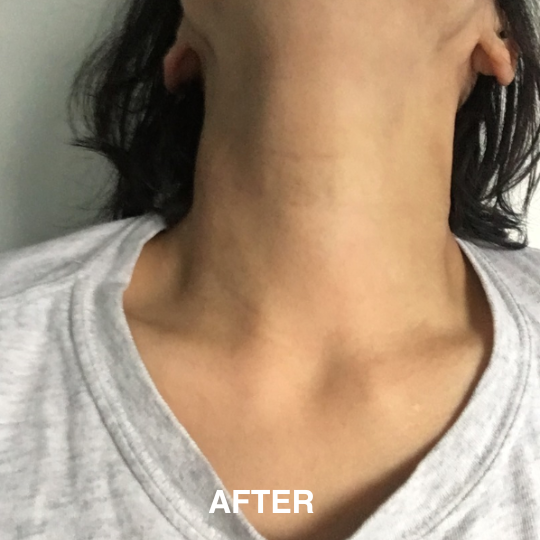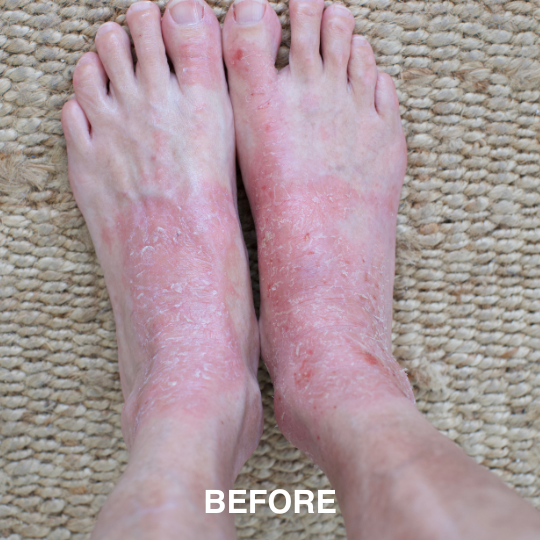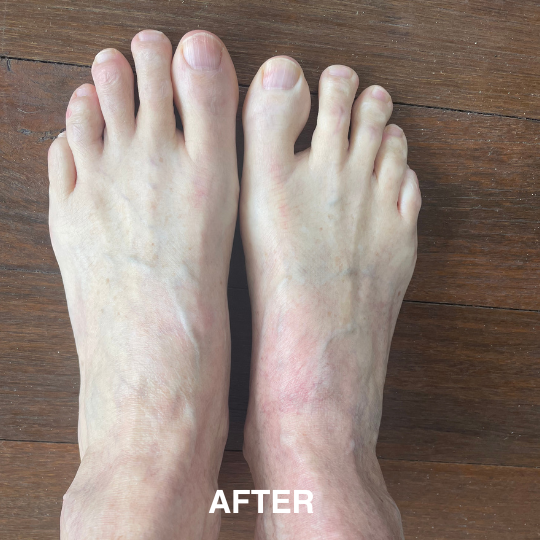 Do you have histamine intolerance, eczema, rosacea, or mast cell activation syndrome? Or are you unsure and just want to know more?
Do you have histamine intolerance, eczema, rosacea, or mast cell activation syndrome? Or are you unsure and just want to know more?
Hi, I'm nutritionist Karen Fischer, author of The Eczema Diet. In this exclusive report, you’ll learn:
-
What the heck is histamine intolerance
- How can you tell if you have histamine intolerance, and is it flaring your symptoms?
-
New science to help you prevent, reduce and relieve histamine intolerance symptoms
-
Two minerals that can dampen histamine intolerance symptoms and give you a better night's sleep (and the new science behind it)
-
Bonus free and accurate Histamine Food Chart, based on the latest science, which you can download for free (woohoo!)
What the heck is Histamine Intolerance?
Histamine intolerance is a type of amine intolerance involving histamine, which is a naturally occurring compound in the body that plays a crucial role in the immune system, digestion and the body’s inflammatory responses.
Foods and beverages also contain various levels of histamine, which can increase as food ages or becomes spoiled.
Here is a diagram to describe how a low histamine diet can help to prevent histamine intolerance:

A. Normal people: When you eat a histamine-rich meal (or if you have "iron guts" like my partner), the histamine-busting enzymes DAO (diamine oxidase) and HNMT (histamine n-methyl-transferase) deactivate histamine in the gut and the bloodstream.
Ideally most ingested histamine is dealt with in the gut before it can reach the bloodstream (Comas-Baste, et al. 2020) so it does not contribute to the overall histamine pool in your body.
B. If you are like me when I had histamine intolerance, you might eat some avocado, feta or ham and have an itch attack or a migraine later that day. Histamine intolerance can occur in individuals when more histamine is present in the gut than enzyme systems can cope with, allowing excess histamine to pass into the bloodstream (Maintz, et al. 2006; Comas-Baste, et al. 2020).
C. A Low Histamine Diet: A low histamine diet reduces your exposure to histamine, so your gut has time to replenish its histamine-busting enzymes (Comas-Baste, et al. 2020). This can significantly improve histamine tolerance and it enables you to gradually expand your diet to include more histamine-rich foods.
Histamine Intolerance and eczema
On average 32% of people with eczema have histamine intolerance.
Now these people are more likely to have chronic eczema that just doesn't clear up. So learning about histamine intolerance is an essential step to understanding your condition.
How can you tell if you have histamine intolerance?
Most people get this wrong. It's confusing and hard to work out at first but there are some clear early warning signs you need to know:
1. You feel pain in your body when you consume very high histamine foods such as sauerkraut and other fermented foods, nuts such as cashews and alcohol, especially red wine. For me, I felt hand pain that I thought was early arthritis when I drank red wine or ate sauerkraut. I blamed it on "my family's history of arthritis" but it was histamine intolerance, not arthritis. I avoided those foods temporarily and the hand pain never came back.
2. Gut symptoms are common, especially bloating (92% get bloating), diarrhoea (71%), constipation (55%), abdominal pain (68%), colic (53%), belching (52%) and nausea (48%) (Schnedl, 2019).
3. Skin symptoms are common, especially itchy skin (48%), flushing (34%), swollen red eyelids (27%) (Schnedl, 2019), eczema (32%), rosacea and hives.
4. Cardiovascular symptoms include headache (65%), dizziness (66%), heart palpitations (47%) and 8% have collapsed.
5. Respiratory symptoms include hay fever (48%), nose congestion (48%), sneezing (48%) and laboured breathing (26%) (Schnedl, 2019).
Not all symptoms will be present in one person. These conditions can be caused by other factors so speak with your doctor to rule out other causes.
Is there a test I can take for a diagnosis?
There is no test available other than an elimination diet such as FID, which is our Food Intolerance Diagnosis Program that you can follow online within the
Eczema Diet Membership. Once you have avoided high histamine foods for at least two weeks, you can test your tolerance level. The FID online course shows you how to do this.
Note FID also tests amine and salicylate intolerance and other types of food intolerance. Join the FID Online Course here >>
Top 3 Prevention Strategies
Here are three key prevention strategies to consider for managing and preventing histamine intolerance symptoms:

1. Don't Fear Food
I want to assure you that histamine foods are not “bad” nor is histamine dangerous when eaten in normal amounts. Yes, spoiled and poorly stored food can develop excessively high histamine levels that can result in food poisoning, but that’s a different story.
Food intolerance is an adverse reaction to normal amounts of a substance that other people can safely eat.
When you have food intolerance, it can make you fearful of foods and that may keep you stuck. You might be hesitant to expand your diet and you might not explore ways to get better.
However, there’s plenty you can do to dampen symptoms and ultimately prevent histamine intolerance, which we will explore in this report.
When I had histamine intolerance and eczema, out of necessity I stopped eating crappy “treat” foods and got creative with my cooking to help clear up my eczema. Eating mindfully also helped me to get through the day, as this was a very difficult time in my life.
It was a great lesson in self-care.
I can now eat whatever I like, including high histamine foods, but I still eat those wonderful FID meals that got me through my darkest days.
Do you relate to this? ... you might feel a SPIKE of anxiety in your body when you try eating new foods. Or you don't want to try new foods anymore.
So the first histamine intolerance prevention strategy is this: Don’t fear food. Healthy food is not the enemy. Nor is histamine. Food supplies essential building materials for your body and skin.
Yes, histamine intolerance is real, with 32% of people with eczema suffering from it. But I assure you that histamine intolerance is a temporary condition. If you have histamine intolerance you will need to temporarily avoid high histamine foods, but it won't be for life, just for now.
Meanwhile, food intolerance can teach you how to creatively cook and take care of yourself (or your child) in new ways that may serve you well for the rest of your life, even when you can once again eat everything.
In the meantime, fear not. Take wonderful care of yourself, make time to cook, rest and most of all, laugh, as it’s all good medicine.

The Blue Healer Smoothie is naturally rich in DAO thanks to the mung bean sprouts in the smoothie
2. Follow a Low Histamine Diet
Histamine levels in food can vary significantly. Some foods naturally contain high levels of histamine, while others trigger the body to release histamine or block the enzymes responsible for breaking down histamine.
Here are The Itchy Six ingredients that you should avoid if you have histamine intolerance:
Sauerkraut, kimchi, yogurt and kombucha: these foods should be avoided if you have Histamine Intolerance as they could make you itchy.
Cheese, such as parmesan, cheddar, and blue cheese, can make your skin itch and feel dry because they are high in histamines and other amines, including tyramine, which is also known for causing headaches.
Salami, ham, bacon, and sausages are poor-quality meats that are rich in amines, including histamine. They are also high in saturated fats and may cause skin breakouts.
Although I no longer have histamine intolerance, I recently made Pea and Ham Soup for my family and experienced severe stomach pains after just a few mouthfuls, likely due to the nitrate preservative and high histamine content of the ham. It's important to test and re-test your histamine tolerance level to understand what your body can handle. Next time, I'll make Pea Soup without the ham.
Beer, wine, champagne, and other alcoholic beverages are high in histamine and can damage the gut lining and liver if consumed excessively. It's best to avoid alcohol for now or reserve it for special occasions. Personally, I sometimes drink on social occasions, but it took a long time for my skin to stop reacting to alcohol and I find it gave me insomnia. I love my sleep so I rarely drink alcohol now. This might be something you avoid too.
Mackerel, sardines, anchovies, and frozen or canned fish are all high in histamine. Opt for fresh white fish instead and ensure to eat it on the same day you purchased it as histamine levels can increase overnight. If it smells bad, it could be spoiled and very high in histamine, so trust your nose and avoid foul smelling fish.
6. Foods/beverages that block DAO
Alcohol, energy drinks, mate tea and black tea block DAO enzymes, which is bad news as DAO breaks down histamine in the gut and bloodstream. So avoid these drinks for now.
You'll find the complete list of histamine-rich foods in the Histamine Food Chart, which you can access at the end of this blog.
3. Top 2 Essential Minerals for Histamine Intolerance and Better Sleep
While dietary changes are vital in the short term, minerals play a crucial role in managing histamine intolerance symptoms over the long haul. Here are two essential minerals you should consider if you have histamine intolerance.

1. Magnesium: The Histamine Hacker
Magnesium is a vital mineral involved in over 300 enzyme reactions in the body, including ones that regulate histamine levels and stabilise mast cells. Mast cells are immune cells found in your body, especially your skin, and they play a major role in inflammation and allergic reactions. They achieve this by releasing histamine.
This is the new science that will help you with food intolerance:
Researchers found that magnesium reduces the number of mast cells and prevents them from releasing histamine and other inflammatory mediators (Srebro, 2023). Magnesium also reduces pain associated with inflammation (Srebro, 2023). So magnesium is a great histamine hacker!
2. Calcium: Another Histamine Hacker
Researchers have also found that elevated blood histamine levels, which can trigger histamine intolerance symptoms, can be alleviated by taking magnesium and calcium supplements, because both minerals increase blood levels of DAO (Tan, 2023).
As mentioned, DAO breaks down histamine and gives relieve from histamine intolerance symptoms.
Therefore, calcium and magnesium are the keys to boosting DAO and banishing histamine intolerance symptoms.
Would you also like better sleep?
In addition to their histamine-regulating benefits, magnesium and calcium can also promote a sound night's sleep.
This is how they help: High histamine levels can cause wakefulness and insomnia, but taking calcium and magnesium can temporarily reduce histamine levels, allowing for a better night's sleep. To achieve this, take a calcium and magnesium supplement, with about 300 mg of each nutrient, in the afternoon or at least two hours before bed. This will change your (night) life!
Studies show that adequate dietary intake of magnesium, calcium, zinc, iron and vitamin B12 are associated with improved DAO enzyme activity (Tan, 2023). So these nutrients assist with the management of histamine intolerance.
Zinc is essential for maintaining the normal functioning of cells including mast cells, while vitamin C and vitamin B6 help to promote histamine breakdown.
However, vitamin C should only be taken in low doses, as with high doses it becomes a pro-oxidant and it can aggravate mast cell activation syndrome.
Where to find these nutrients?
You can buy these nutrients separately but beware of other ingredients as they can aggravate histamine intolerance, such as high dose B vitamins (but low doses of B vitamins may be helpful).
Also avoid high doses of calcium (anything over 400 mg) as calcium needs to be taken in moderate doses along with magnesium to support the proper absorption of calcium.
Vitamin K can also help calcium absorption in the body and it is anti-inflammatory so it's a great support nutrient.
Disclosure: After years of struggling to find safe supplements for my food intolerance patients, I designed Skin Friend AM and PM supplements.
PM Mineral Matrix contains Magnesium, Calcium and Vitamin K for safe calcium absorption, while AM Activated Multi contains Zinc, Vitamin C and Vitamins B6 and B12.
Both supplements are free of salicylates, gluten, animal ingredients and biogenic amines including histamine.
Shop the story
Skin Friend AM and PM can be purchased at skinfriend.com click here or on the image, below, to find out more. 
Download your free histamine food chart
Click on the image to download the Histamine Food Chart or find the link
here.

Click for references
Schnedl WJ, et al. (2019). Evaluation of symptoms and symptom combinations in histamine intolerance. Intest Res. 17(3):427–433. https://pubmed.ncbi.nlm.nih.gov/30836736/. PMID: 30836736; PMCID: PMC6667364.
Sánchez-Pérez S, et al. (2018). Biogenic Amines in Plant-Origin Foods: Are They Frequently Underestimated in Low-Histamine Diets? Foods. 7(12):205. https://pmc.ncbi.nlm.nih.gov/articles/PMC6306728/. PMID: 30558197; PMCID: PMC6306728.
Comas-Baste O, et al. (2020). Histamine Intolerance: The Current State of the Art. Biomolecules. 10(8). https://pmc.ncbi.nlm.nih.gov/articles/PMC7463562/.
Fischer K. (2018). The Eczema Detox. Exisle Publishing. https://skinfriend.com/products/the-eczema-detox
Loblay RH, Swain AR. (1986). Food Intolerance. Recent Advances in Clinical Nutrition. 2:169–177. PDF link
Swain AR, Soutter V, Loblay RH. (2011). RPAH Elimination Diet Handbook, Second Edition.
Maintz L, et al. (2006). Evidence for a reduced histamine degradation capacity in a subgroup of patients with atopic eczema. J Allergy Clin Immunol. 117(5). https://pubmed.ncbi.nlm.nih.gov/16675339/.
Srebro D, et al. (2023). The Role of Magnesium on Mast Cell Degranulation in Neuroinflammation. Int J Mol Sci. 24(7):6241. https://pubmed.ncbi.nlm.nih.gov/37047214/.
Tan Z, et al. (2023). Advances in the Clinical Application of Histamine and Diamine Oxidase (DAO) Activity: A Review. Catalysts. 13(1):48. https://doi.org/10.3390/catal13010048

Karen Fischer
Karen Fischer is a registered nutritionist, award-winning author, and skin health expert with over 20 years of experience. With a Bachelor of Health Science (BHSc) and ongoing PhD research in eczema, she developed science-backed, toxin-free solutions that have helped thousands. As the founder of Skin Friend, Karen formulates innovative skincare and supplements endorsed by doctors and dermatologists. She’s the author of seven health books, including The Healthy Skin Diet, The Eczema Detox and The Eczema Diet, and her research is set for publication in 2025. Featured in Marie Claire, Cosmopolitan, and Sky News, Karen is dedicated to helping people achieve healthy, resilient skin.


 Do you have histamine intolerance, eczema, rosacea, or mast cell activation syndrome? Or are you unsure and just want to know more?
Do you have histamine intolerance, eczema, rosacea, or mast cell activation syndrome? Or are you unsure and just want to know more?






